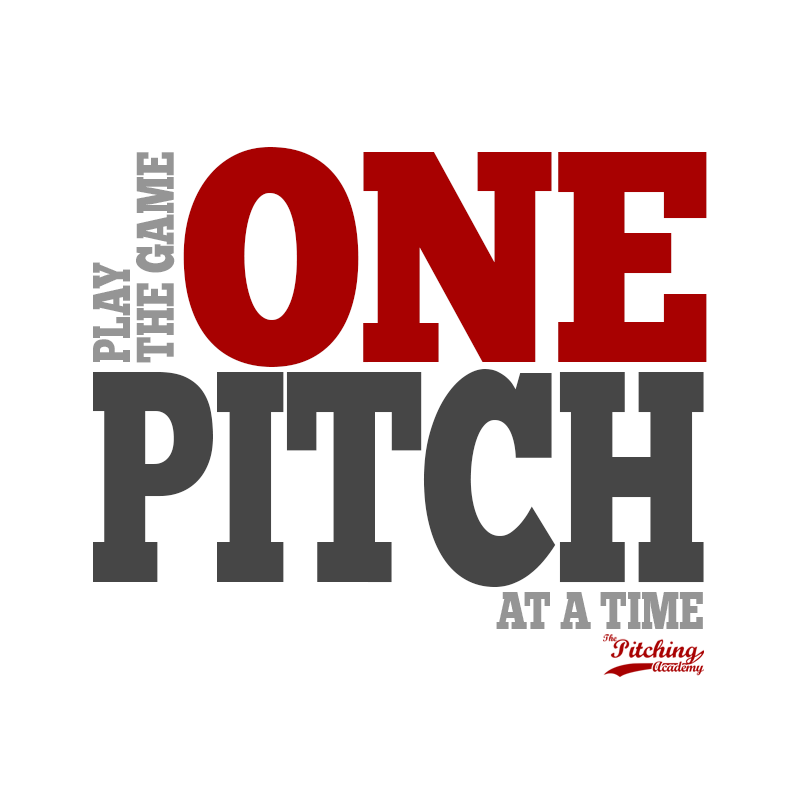
How to Throw an Awesome Slider!
September 1, 2013
KnuckleCurve or Curveball?
November 4, 2013To make it to a higher level in baseball, a pitcher should have three great pitches, not necessarily a “best pitch”, but three outstanding pitches he can throw for strikes on any given count. This allows the pitcher to dominate his opponents with a good change of speed and great movement. If a pitcher can throw three outstanding pitches to two locations it keeps the hitter off balance, keeps them guessing and improves the chances of the pitcher getting the win and making a habit of it. Before I share information on pitching grips; understand the ratio of pitches thrown. 60-65% fastballs 15-20% curveballs and 20-25% change-ups.
Here are a few examples and facts of some of the most effective pitches.
Pitch Grip: four-seam fastball Place your index and middle finger over the “horseshoe” of the baseball. Thumb and middle finger split the baseball in half; so your thumb should be placed directly under your middle finger. Don’t grip this pitch too tight; in fact, it should be held as if you were holding an egg. Doing this allows the ball to leave your hand quickly minimizing the friction, between thumb and middle finger, to create maximum velocity. If your thumb is not directly under middle finger you will not have the correct rotation on the ball; spinning from the bottom to the top. The average speed of this pitch at the major league level is 89-91 Mph. This fastball is the most commonly thrown pitch.
Baseball Pitch Grip: two-seam fastball For the two-seamer, “movement pitch” the first and second fingers lay across the narrow seams of the baseball between the two horseshoe-shaped seams. This ball is thrown the same as the four-seam fastball with thumb and middle finger splitting the baseball in half, causing force behind the ball. This pitch goes on average 1 to 3 miles an hour slower than the four-seam. You will see a slight difference in movement with the two-seam as you compare it to your four-seam fastball. Most pitchers throw a combination of both four and two-seams for variation. Many coaches tell their pitchers to grip their two-seam a bit tighter and hold it deeper in your hand. By doing that, they feel it takes velocity off the pitch. In reality, the ball will end up on your fingertips anyway, won’t it? So the ball won’t necessarily slow down. You impart force on the baseball when the ball leaves your middle finger. Important: A pitcher must understand the basic fundamentals of pitching mechanics before they start experimenting with other pitches. It is pointless and even can be dangerous to teach athletes an additional pitch without first knowing and implementing basic throwing mechanics. Every pitch should be thrown with fastball mechanics, only changing grip as well as wrist and forearm angles.
Baseball Pitching Grip: Circle Change Make a circle or an “ok” sign using your thumb and index finger. The smaller the circle the tighter the grip actually is, so this pitch may take awhile to master. I encourage my pitchers to start off with a C-change which is really making a large C instead of a circle with your thumb and index finger. The important part while throwing this pitch is wrist and forearm angle. Both pitches are thrown the same with the C or the Circle thrown at the target. I see a lot of coaches teaching the Circle change because it is a popular pitch. However, they don’t teach their pitchers that the Circle is thrown at the target. By changing the position of your wrist (Pronation, turning your palm slightly out, example on bottom page of article) you are imparting rotation, not force, on the baseball. This way you have a nice fading movement while reducing the velocity of the ball. The biggest mistakes most pitchers make while throwing a change-up is slowing down their delivery which in turn slows down their arm speed. Keep your fastball mechanics and arm speed with this pitch and you will find more success with it as it can be deceiving to the batter. Also, don’t roll or pull the Circle change. It will not only affect location, but put undue stress on you throwing arm.
Pitching Grip: split finger fastball Basically you’re throwing a fastball with split fingers. The hardest part about the split is the grip. Where the two seams come together, lay your index and middle finger on the outside of each seam. The grip should be firm.The wider the split the slower the ball is going to be. Thumb cuts the baseball in half; the v in the split takes place of the middle finger in the ball. All you do then is throw it like a fastball. It is said that the split can be harder on your arm. That is true, only if you twist your throwing arm at release of the baseball. Twisting the ball is easier to do with this pitch because you are not splitting the baseball with thumb and middle finger. Again, you want to keep your fastball mechanics here.
Baseball Grip: Curveball What makes most pitches, like the curveball, unsafe is that pitchers try twisting the ball when throwing instead of focusing on wrist and forearm placement. How we grip the curveball: Simply place your middle finger on the top seam and place your thumb on the back seam, splitting the baseball in half. Apply pressure on your thumb and middle fingers. Your index finger rests on the ball next to middle finger with no pressure on it whatsoever. A curveball does take a lot of work to master the pitch and throw it effectively for a strike, so be patient and continue working on it. Remember to use the same arm speed as your fastball, just use appropriate wrist and forearm angle while you throw the pitch.
What the curveball does and why it does it: Because you’re throwing on the side of the ball and imparting rotation; the ball will be slower, so it looks like a fastball because of arm speed, but drops at the last minute. One of the biggest obstacles for beginners is timing the release of this pitch. If a pitcher lets go of the ball too soon, the ball will stay high and won’t drop. If that happens, a pitcher may have to squeeze the ball a little harder, again, with thumb and middle finger, so he can release the ball later.
As mentioned previously, you need three great pitches to be a successful pitcher. Right now is your chance to make that happen. Today’s opportunity will allow you to learn 10 different pitches, throw with great mechanics and learn to throw faster!





